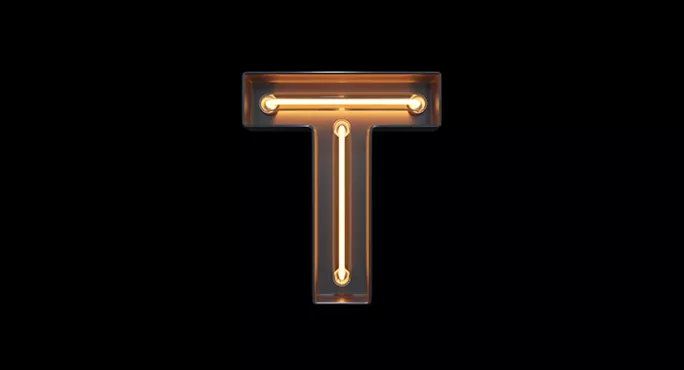The introduction of T levels is proving to be complicated, challenging and costly for the government.
An official list of all T levels on offer from 2023 has been released, and so has a list of more than 110 providers at which students will be able to take them.
T levels: what are they?
T levels: where can I study them?
T levels: when will they be introduced?
But how are T levels going to be funded?
Funding bands
In the government’s consultation response published in June 2019, then skills minister Anne Milton revealed the indicative funding bands based on programme size over two years.
- Band 6 - small T levels: £8,340 (paid at £4,170 per year)
- Band 7 - medium T levels: £9,670 (paid at £4,835 per year)
- Band 8 - large T levels: £10,670 (paid at £5,335 per year)
- Band 9 - very large T levels: £11,670 (paid at £5,835 per year)
These bands are based on the current £4,000 per year base funding rate for 16- to 19-year-olds - and the government has confirmed that 18-year-olds will be funded at the same rate as 16- and 17-year-olds.
The first three T levels, which will be taught at selected providers from 2020 - education and childcare, construction, and digital - are all in band 7.
T levels: what subjects can you take?
T levels: what grades will you need to study them?
T levels: how will they be graded?
Additional funding
The DfE has also confirmed that £38 million of funding for capital expenditure to help T levels in 2020. For each T level introduced in 2020, each provider will receive £30,000. Every provider who introduces the transition framework in 2020 will receive £20,000.
An additional £550 will be paid to providers to cover industry placements, which the government plans to pay half of each year. There will be extra funding for maths and English, too - in June 2019, the government said that it planned to “fund maths and English through a one-off payment at the rate of £750 per subject per student (paid during the first year of a T-level programme).
It has also set aside an extra £500 million a year for delivery once the programmes are fully rolled out.




